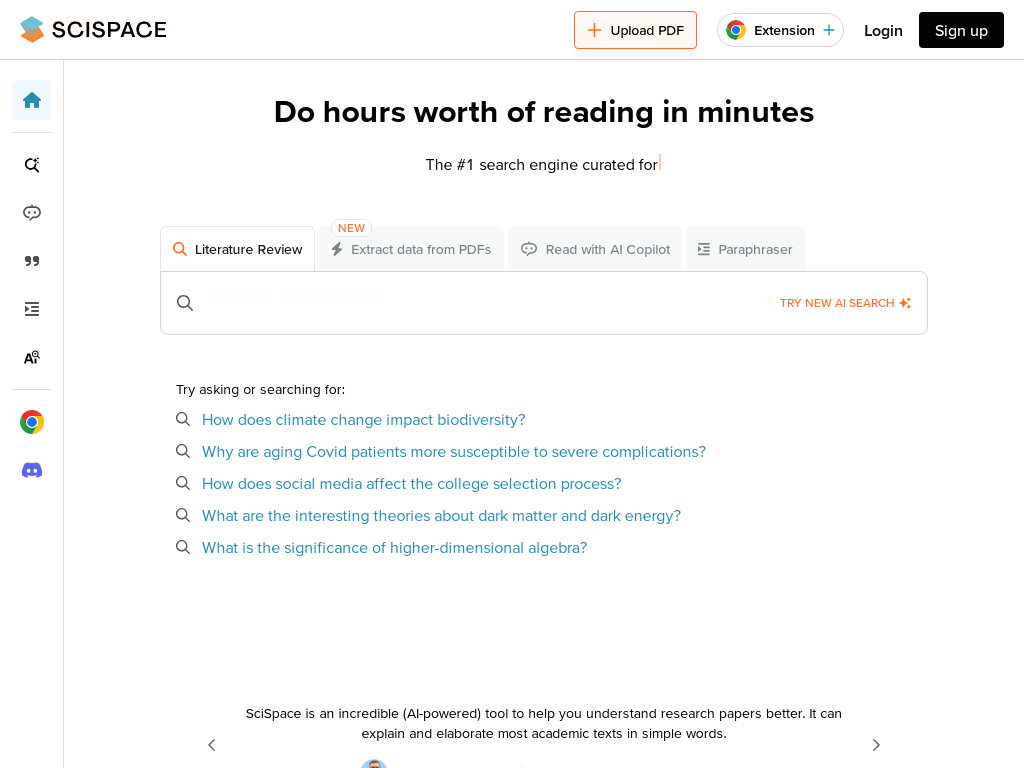Apple introduced its inaugural spatial computing device, the Apple Vision Pro, at last June's WWDC23 event. Over a year has elapsed since its announcement, and the product has been available for just over six months. Recently, Meta unveiled its new Orion AR glasses prototype, igniting curiosity about Apple's strategies in the "spatial computing" arena.
According to Mark Gurman of Bloomberg, Apple seems to recognize the necessity to "rethink its headset strategy," although the exact approach remains undecided. His report suggests that Apple is exploring various options for the future development of Apple Vision.
Increasing Headset Production
The primary strategy, which Apple is likely to adopt, involves producing additional headset devices.
Initially, they may launch a more affordable version of the Apple Vision headset, possibly named "Vision Air," utilizing lower-quality displays and cheaper materials. If plans stay on course, we can anticipate this product's release next year.
They are also expected to release a second-generation Apple Vision Pro, rumored to feature the M5 chip and Apple Intelligence. Enhanced displays and reduced weight are also anticipated.
While this appears to be the most straightforward approach, it might cause Apple to fall slightly behind, which is likely why the company is considering other avenues.
iPhone Accessories
Gurman reports that Apple is contemplating removing the built-in processor and external battery from the Apple Vision Pro to create a headset version dependent on the iPhone. This would lighten the headset but seems like an unusual decision.
Certainly, this would eliminate "components worth hundreds of dollars." But is it worth it? Personally, many may hesitate to spend $2000 on a product that ultimately serves as an iPhone accessory, even if it offers experiences similar to the Apple Vision Pro.
Additionally, the effectiveness of this approach is questionable, as the iPhone's battery is significantly smaller compared to the Apple Vision Pro's 35.9Wh battery. Even the iPhone 16 Pro Max only has about an 18Wh battery, half the capacity of the Vision Pro's. Moreover, the Vision Pro's battery life is limited to two hours.
Smart... AirPods?
Apple is evidently considering two options that do not involve displays. One option is a product similar to Meta's Ray-Ban smart glasses, and the other is more advanced AirPods.
Meta's smart glasses do not actually incorporate displays within the frames. Instead, the headset is equipped with a microphone, camera, and speakers, allowing users to interact with Meta AI, easily take photos, and listen to music. Reportedly, Apple is exploring a similar product.
Ray-Ban Meta Smart Glasses
Another option is AirPods with the same level of AI integration but without the eyeglass frames. These AirPods might even feature external cameras, as reported:
Apple is developing a new AirPods Pro that uses external cameras and artificial intelligence to understand the surrounding environment and provide information to users.
The concept of more advanced AirPods with cameras appears unusual, but the glasses version would be quite intriguing.
Apple's Vision
Ideally, Apple aims to create fully functional AR glasses similar to Meta's previously showcased products. If successful, the computer, display, battery, and all other necessary components would be integrated into the eyeglass frames. Apple also hopes that their AR glasses will match the size and weight of regular eyewear.
Apple previously paused this project to focus on developing Vision Pro, considering it a "too big a challenge." However, with Meta approximately three years away from launching its consumer version of the Orion glasses, this project may be revisited by Apple.








